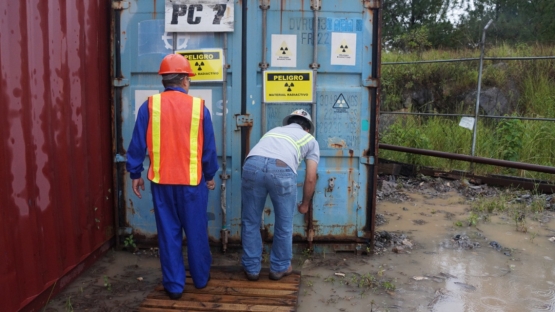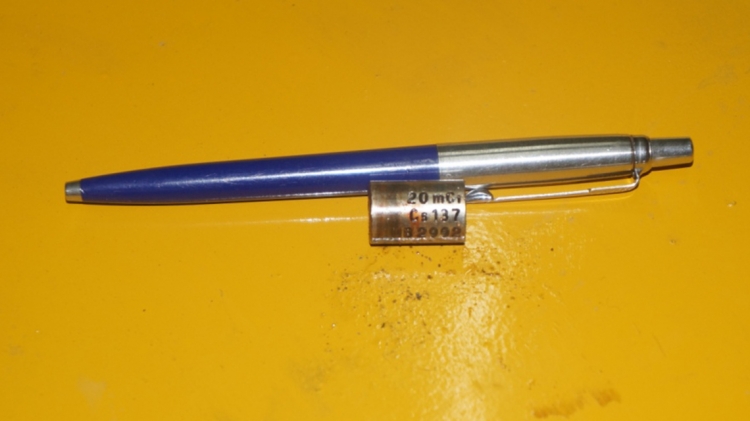The IAEA, through its technical cooperation programme, has provided technical assistance to the Government of Honduras for the recovery of disused sealed radioactive sources (DSRS) from El Mochito Mine, an underground zinc and silver mine located some 200 kilometres north-west of the capital city, Tegucigalpa. Assistance has also been provided for the transfer of the sources from the mine to Honduras’ centralized storage facility. The sources had been used in the past for level and density measurements in the mine.
The El Mochito mine has been in operation since 1948 and uses nuclear gauges for level and density measurements.
Given the recurring worldwide problem of inadvertent radioactive materials present in metal scrap, El Mochito mine, with the guidance of the Honduran Regulatory Authority, has been trying to ensure proper disposal of its disused sources.
Following a request from the Honduran Regulatory Authority, the IAEA international expert mission was dispatched on 10-14 July 2017 to provide advice and guidance to the Authority and the mine to ensure adequate safety throughout the process to remove the sources. The expert mission was provided within the framework of an ongoing regional technical cooperation project[1] focused on developing capacities for radioactive waste management in Latin America and the Caribbean.
We highly appreciate the opportune assistance from the IAEA in removing this legacy situation from our mine. The installation is finally free from radioactive material.




